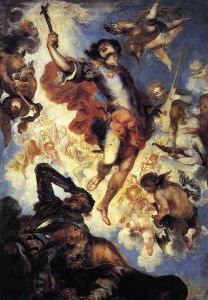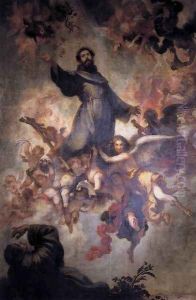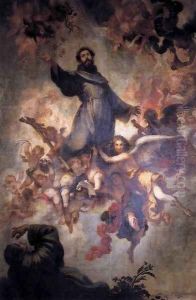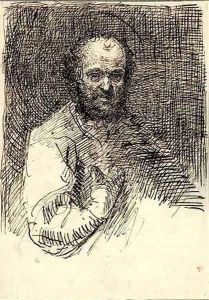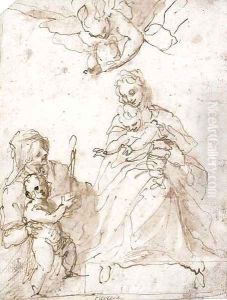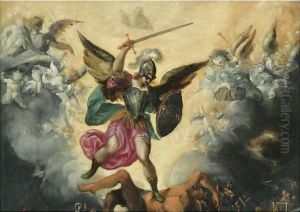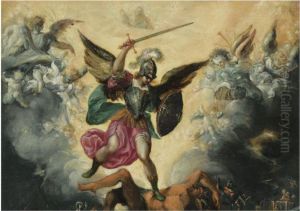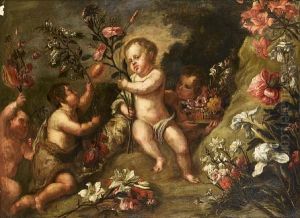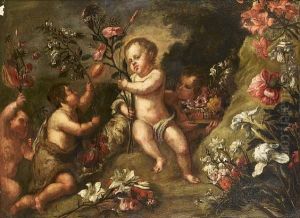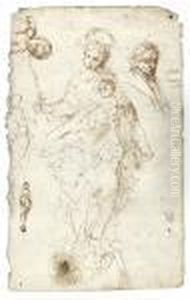Francisco de, the Younger Herrera Paintings
Francisco de Herrera the Younger was a prominent Spanish painter and architect during the Baroque period. Born in 1622 in Seville, he was the son of Francisco de Herrera the Elder, who was also a well-known painter of the Sevillian school. Despite the potential for influence from his father, the younger Herrera developed a distinct style characterized by a more gentle and detailed approach compared to the bolder and more vigorous style of his father.
Herrera the Younger's early training was under the guidance of his father, but due to the latter's reportedly harsh treatment, Francisco de Herrera the Younger left home as a teenager and traveled to Rome. There, he was profoundly influenced by the works of Baroque masters such as Bernini and Borromini. During his time in Italy, he absorbed various elements of Roman and Italian art, which he later blended with Spanish artistic traditions.
Upon his return to Seville around the mid-1650s, Herrera the Younger became a leading figure in the city's artistic community. His work began to reflect the combination of his Italian experiences with the expressive force of the Sevillian school. He is known for his religious compositions, which often feature dramatic lighting and intense emotionality. One of his significant works from this period is 'The Miracle of the Loaves and Fishes', which showcases his mature style and command over the depiction of light.
In addition to painting, Herrera the Younger also made a mark as an architect. In 1660, he took over his father's position as master of works at the Seville Cathedral, and he worked on various projects including the completion of the church's main altar. His architectural contributions exhibit the same Baroque grandeur found in his paintings.
Throughout his career, Francisco de Herrera the Younger remained an influential figure in the Spanish Baroque movement. His works were praised for their dynamism, attention to detail, and the fusion of Spanish and Italian artistic elements. He died in 1685 in Madrid, leaving behind a legacy that would influence subsequent generations of Spanish artists.
